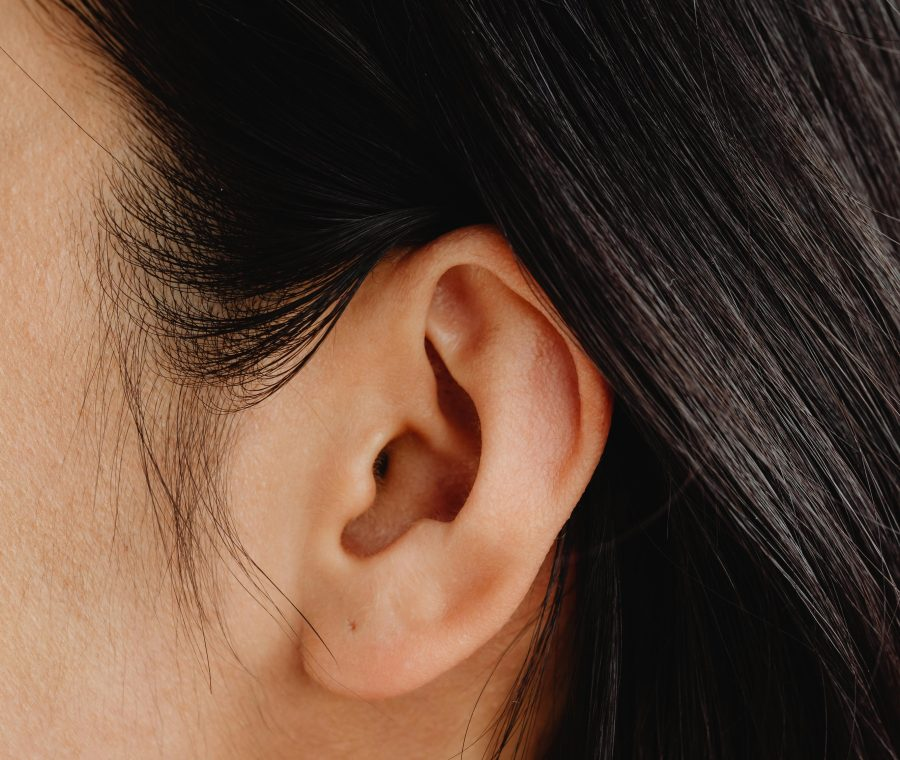Face plastic surgery
Ear Reshaping
Surgery

Download our app
Download the free app to discover a new dimension of plastic surgery.
Now you can easily schedule consultations and surgeries, and receive notifications about earlier availability of our specialists or current promotions.

Price list
Ear Reshaping Surgery
| Treatment | Price from | Price to |
|---|---|---|
| Prominent Ear Reshaping | 1 500 € | 2 000 € |
| Rolled Ear Surgery | 1 550 € | 2 000 € |
| Ear Reduction | 1 550 € | 2 000 € |
| Ear Reconstruction | 3 300 € | 4 900 € |
| Separating auricle from cranium | 1 400 € | 1 800 € |